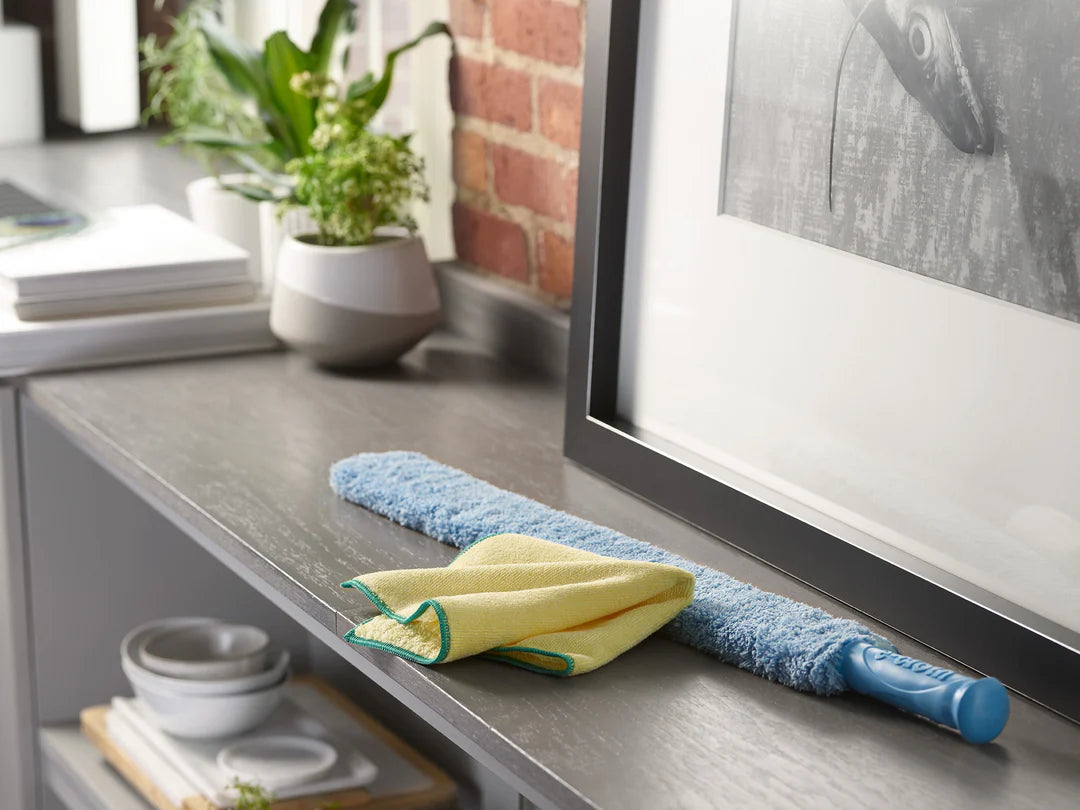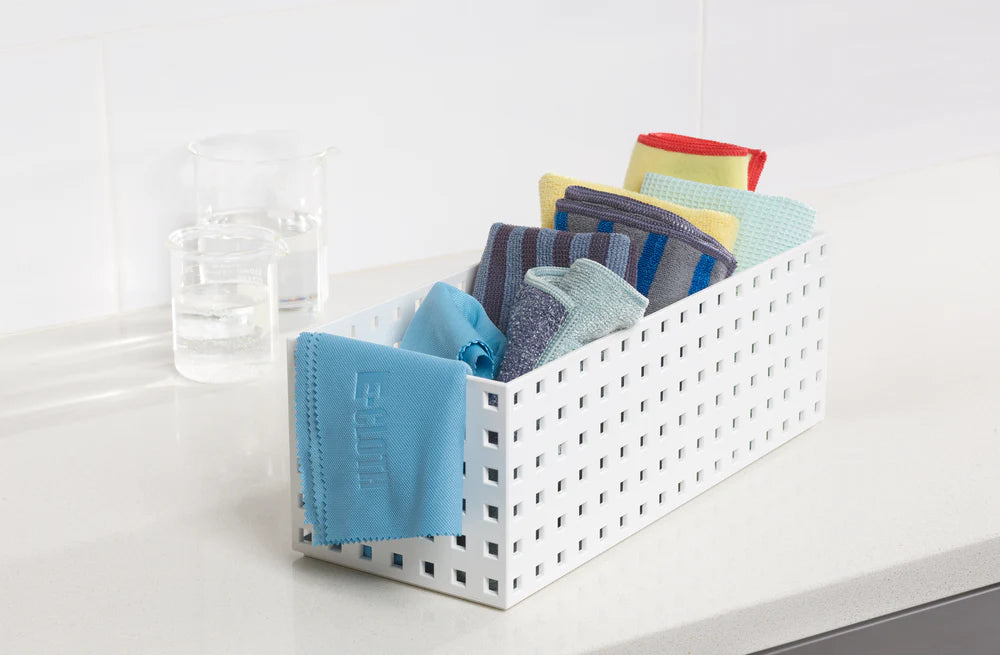How to Clean Inside the Garbage Can Lid Mechanism: Step-by-Step

Title
How to Clean Inside the Garbage Can Lid Mechanism

How to Maintain Cleanliness Inside the Garbage Can Lid Mechanism: Extra Tips
Title
Title
Title

Common Mistakes When Cleaning Inside the Garbage Can Lid Mechanism
Title
How Often to Clean Inside the Garbage Can Lid Mechanism




